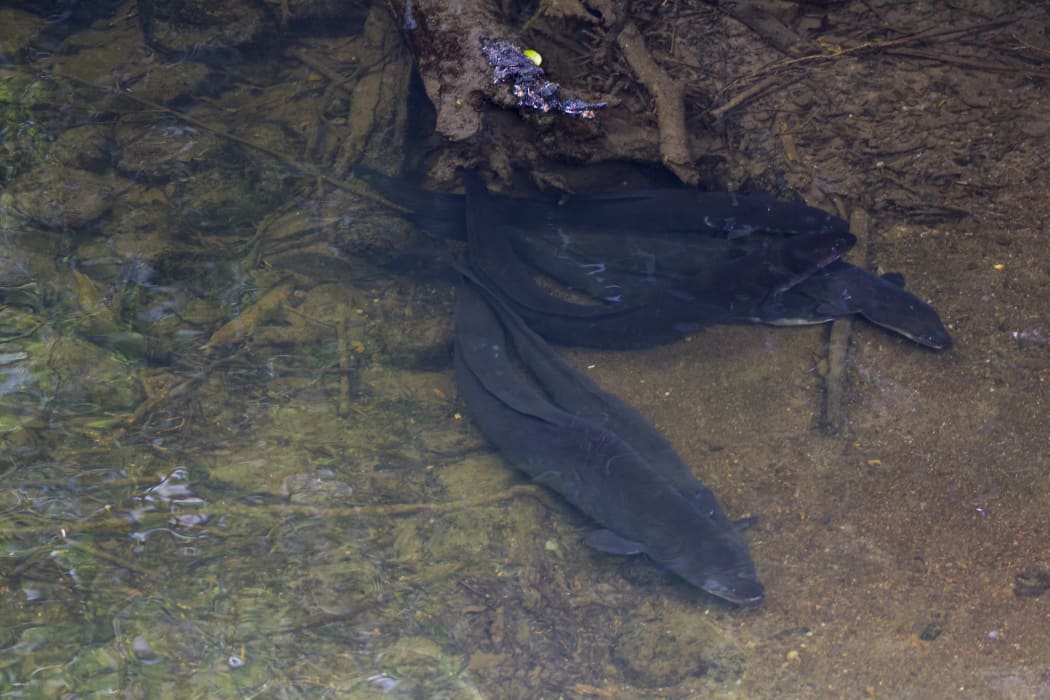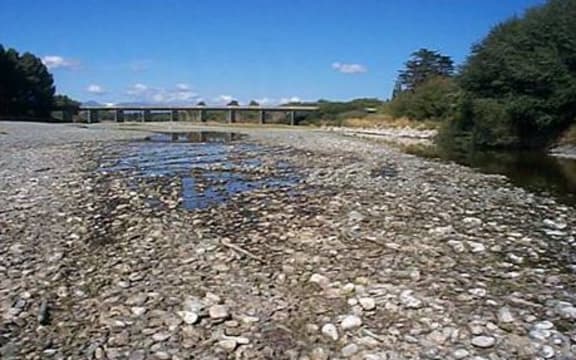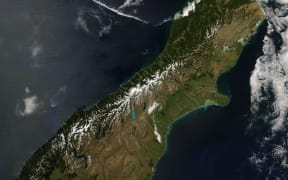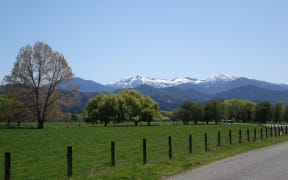The Waimea Dam will improve the health of the river downstream, and ensure the path of eels to their breeding grounds in the Pacific is not hindered, a freshwater scientist says.

Longfin eels in freshwater. Photo: 123rf
The Tasman District Council recently voted to go ahead with the $105 million irrigation and urban supply scheme, despite levels of public opposition, mainly over cost.
Scientist Roger Young, from Nelson's Cawthron Institute, has been involved in the project since its inception.
He is among more than 300 who have gathered in Nelson for the 50th annual New Zealand Freshwater Sciences Society conference.
He said while the dam would help fish species down-stream, care was needed to ensure the eels which dwelled in the river's upper reaches, could still come and go on their journey to and from the Pacific.
Fish & Game New Zealand, at a recent hearing on Crown land required for the Waimea Dam, said it was one of the few such schemes it supported.
Senior planner Peter Wilson told the select committee hearing that while they had concerns, the Waimea Dam was one of the few water storage schemes proposed in New Zealand that promoted environmental benefits.
Mr Young said at the moment, the lower Waimea River dried up in a drought. The dam was to be built in a way that required it to allow a minimum flow in the river, by releasing stored water during dry spells.
"Associated with that will be improvements in habitat quality throughout the lower Waimea River," he said.

A dry Waimea River by the Appleby Bridge. Photo: Tasman District Council
But there were issues with how fish and eels would swim their normal routes once the dam was built, and it had to be addressed.
"From the dam itself there's going to be a fish pass, designed for eels and koara to move upstream past the dam. It's very challenging because there will be adult eels in the upper catchment," Mr Young said.
There were plans for a "trap and transfer" programme where the eels will be trapped upstream and moved downstream if they're thought to be in migrating condition.
He said eels in particular had an "amazing life-cycle", including that they often lived up to 80 years.
"They fulfil their life in freshwater in New Zealand and then they migrate downstream out into the ocean and while we don't have exact knowledge of where they spawn it's somewhere near Tonga - there's a mass gathering of eels near the bottom of the ocean near Tonga," Mr Young said.
"The young baby eels then come back on the ocean currents, back to New Zealand and migrate back up the rivers, growing as they go, and re-inhabiting those areas."
There were places where old hydro dams remained, with remnant populations of eels trapped behind the dam, he said.
"They migrated up the river when they were babies and then 50 or 60 years later they migrated back down and found this big hunk of concrete sitting in the middle of the river, and would have wondered, 'where on earth did that come from?'"
Mr Young said New Zealand's native freshwater species were hugely important, especially the eel which was an iconic taonga species for New Zealand. The three species here included longfin and shortfin eels, and an Australian species defined by its yellow colouration and spotted skin.
The Waimea Dam will receive government funding through Crown Irrigation Investment Limited, and the Environment Ministry's Fresh Water Improvement fund.






